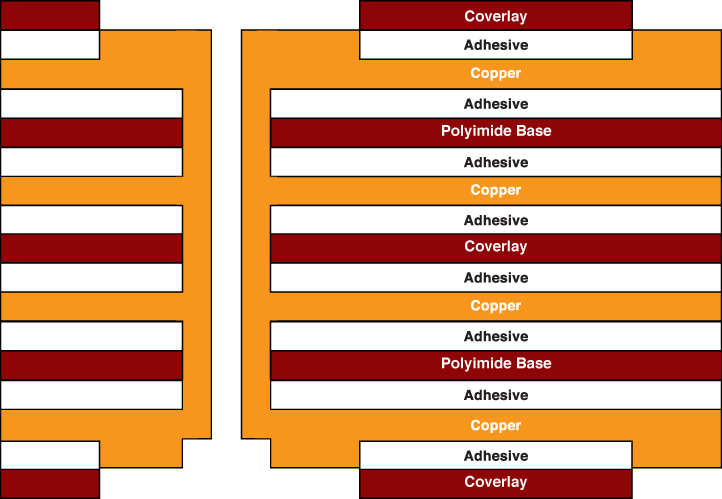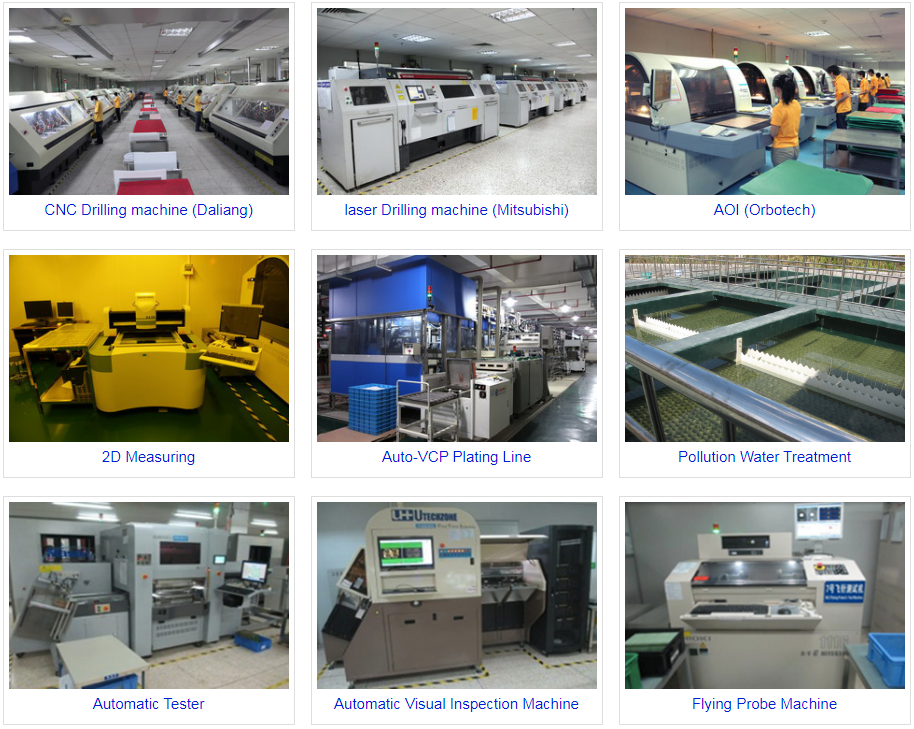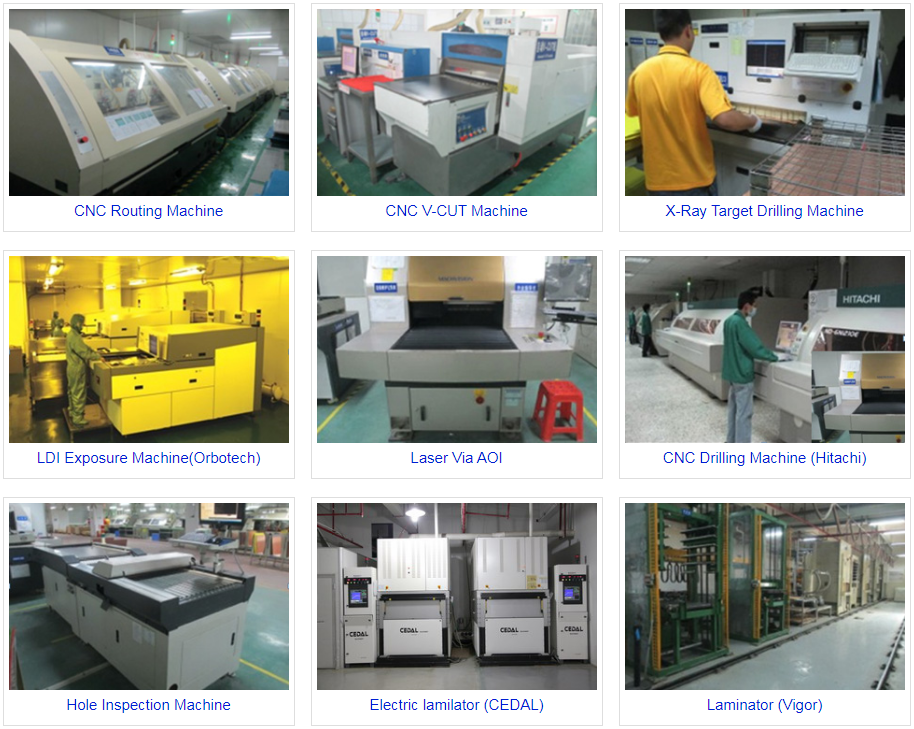What is a Multi-layer flexible PCB?
A multi-layer flexible printed circuit board (PCB) is a type of electronic interconnect technology that combines the benefits of both flexibility and multiple layers of circuitry. It is commonly used in applications where space constraints, weight reduction, and flexibility are essential. Multi-layer flexible PCBs are widely used in industries like aerospace, automotive, medical devices, consumer electronics, and more.
Here are some key features and considerations related to multi-layer flexible PCBs:
- Flexibility: Unlike traditional rigid PCBs, flexible PCBs are made of flexible substrate materials, such as polyimide (PI) or polyester (PET). This flexibility allows them to be bent, folded, or twisted to fit into tight or irregularly shaped spaces.
- Multiple Layers: Multi-layer flexible PCBs consist of several layers of conductive traces separated by insulating layers. The number of layers can vary depending on the complexity of the circuit and the design requirements. Commonly, they can have 2 to 10 or more layers.
- Reduced Weight and Size: Flexible PCBs are lightweight and can be made thinner than rigid PCBs, which is advantageous in applications where size and weight are critical factors.
- Reliability: Multi-layer flexible PCBs are known for their reliability due to reduced solder joints and interconnects compared to traditional wiring harnesses. This can lead to improved durability and resistance to vibration and shock.
- High-Density Interconnections: They allow for high-density interconnections, making them suitable for applications with complex circuitry, such as smartphones, laptops, and medical devices.
- Design Flexibility: Flexible PCBs offer greater design flexibility because they can be shaped to fit the form of the device or system they are integrated into. This can simplify the overall design and assembly process.
- Cost Considerations: While flexible PCBs offer many advantages, they can be more expensive to manufacture than traditional rigid PCBs. The cost depends on factors such as the number of layers, materials used, and the complexity of the design.
- Manufacturing Process: The manufacturing of multi-layer flexible PCBs involves processes like etching, lamination, and plating. It requires specialized equipment and expertise.
- Applications: Multi-layer flexible PCBs are used in a wide range of applications, including automotive control systems, medical imaging devices, aerospace instrumentation, wearable electronics, and more.
- Thermal Management: Heat dissipation can be a concern in flexible PCBs, especially in high-power applications. Proper design and thermal management techniques are essential to prevent overheating.
- Testing and Quality Control: Ensuring the quality and reliability of multi-layer flexible PCBs may require specialized testing methods due to their flexible nature.
In summary, multi-layer flexible PCBs offer a unique combination of flexibility, compactness, and reliability, making them suitable for various demanding applications. Designers and engineers need to carefully consider the specific requirements of their projects when deciding whether to use flexible PCB technology.
Similarities and Differences between Multi-layer Flexible PCB and Multi-layer Rigid PCB
Multi-layer flexible PCBs and multi-layer rigid PCBs are two distinct types of printed circuit boards, each with its own set of characteristics, advantages, and applications. Here are the key similarities and differences between them:
Similarities:
- Layering: Both types of PCBs consist of multiple layers of conductive traces separated by insulating layers. This layering allows for the integration of complex electronic circuits.
- Electrical Performance: Both types can provide excellent electrical performance, including low signal loss, controlled impedance, and high-speed signal transmission.
- SMT Compatibility: Both flexible and rigid PCBs can accommodate surface mount technology (SMT) components, making them suitable for modern electronics manufacturing processes.
- Customization: Both types of PCBs can be customized to meet the specific requirements of a given application, including the number of layers, trace widths, and component placement.
Differences:
- Flexibility:
- Flexible PCB: Flexible PCBs are made from flexible substrate materials like polyimide (PI) or polyester (PET). They can bend, twist, or conform to non-planar surfaces, making them suitable for applications with dynamic or irregular shapes.
- Rigid PCB: Rigid PCBs are made from inflexible substrate materials, such as FR-4 fiberglass or rigid composite materials. They maintain a fixed, flat shape and cannot be bent or flexed.
- Weight and Size:
- Flexible PCB: Flexible PCBs are typically lighter and thinner than rigid PCBs. They are favored in applications where weight and size constraints are critical.
- Rigid PCB: Rigid PCBs are generally thicker and heavier than flexible PCBs. They are suitable for applications where mechanical rigidity and stability are paramount.
- Applications:
- Flexible PCB: Flexible PCBs are commonly used in applications where flexibility, space-saving, and the ability to conform to unique shapes are essential. Examples include wearable electronics, medical devices, automotive sensors, and foldable electronics.
- Rigid PCB: Rigid PCBs are employed in applications where a flat, rigid structure is required, such as desktop computers, servers, industrial control systems, and consumer electronics with standard form factors.
- Manufacturing Processes:
- Flexible PCB: Manufacturing flexible PCBs involves specialized processes like lamination, roll-to-roll printing, and selective etching to accommodate the flexibility of the substrate.
- Rigid PCB: Rigid PCB manufacturing follows more conventional processes, including drilling, plating, and solder mask application, with a focus on maintaining a rigid structure.
- Cost:
- Flexible PCB: Due to the use of specialized materials and manufacturing processes, flexible PCBs are often more expensive to produce than rigid PCBs.
- Rigid PCB: Rigid PCBs are generally more cost-effective to manufacture due to their conventional materials and processes.
In summary, the choice between multi-layer flexible PCBs and multi-layer rigid PCBs depends on the specific requirements of the application. Flexible PCBs are ideal for situations where flexibility, weight reduction, and unique shapes are crucial, while rigid PCBs are suitable for applications where mechanical stability and cost-effectiveness are more important.
The Manufacturing Difficulties of Multi-layer Flexible PCB
Manufacturing multi-layer flexible PCBs can be more challenging and complex compared to manufacturing rigid PCBs. This is primarily due to the flexible nature of the substrate materials and the intricate design considerations involved. Here are some of the manufacturing difficulties associated with multi-layer flexible PCBs:
- Material Selection: Choosing the right flexible substrate material is critical. Common materials include polyimide (PI) and polyester (PET). Selecting the appropriate material depends on factors such as flexibility requirements, temperature resistance, and cost. Material properties can affect the manufacturability and performance of the PCB.
- Stack-up Design: Designing the stack-up of layers in a multi-layer flexible PCB requires careful consideration. The thickness and arrangement of the flexible layers, as well as any rigidizing layers, must be optimized to meet the mechanical and electrical requirements of the application.

- Alignment and Registration: Maintaining precise alignment and registration of multiple flexible layers during manufacturing can be challenging. Misalignment can lead to short circuits or open connections and compromise the integrity of the PCB.
- Copper Cladding: Applying copper traces to flexible substrates requires specialized techniques. Thin copper foils are typically used, and they must be bonded to the substrate securely. Issues like adhesion problems or delamination can occur if the bonding process is not properly controlled.
- Etching: Etching the copper traces to create the desired circuit patterns can be more complex with flexible PCBs. The flexibility of the substrate can make it more challenging to achieve precise etching results. Additionally, over-etching can weaken the thin copper traces.
- Through-Hole Plating: Creating reliable plated through-holes in flexible PCBs can be problematic. The flexing and bending of the PCB can stress the plated holes, potentially leading to cracks or failure of the plating. Specialized processes, like laser drilling, may be required.
- Solder Mask Application: Applying solder mask on flexible PCBs can be tricky due to the flexible substrate. The mask must adhere well without cracking or peeling when the PCB is flexed. Proper curing and adhesion are crucial.
- Component Assembly: The assembly of surface mount components on flexible PCBs requires careful attention to prevent mechanical stress on the flexible substrate. Special considerations may be necessary for component attachment methods.
- Quality Control: Ensuring the quality and reliability of multi-layer flexible PCBs may require specialized testing methods, as traditional testing techniques used for rigid PCBs may not be applicable. Flex testing, impedance testing, and thermal testing are examples of specialized tests used in quality control.
- Flex Testing: Multi-layer flexible PCBs often need to undergo rigorous flex testing to ensure they can withstand repeated bending or flexing without degradation in performance or integrity.
- Cost: Manufacturing multi-layer flexible PCBs can be more expensive compared to rigid PCBs due to the specialized materials and processes involved. This can make them less cost-effective for certain applications.
To address these manufacturing difficulties, it’s essential to work with experienced PCB manufacturers who specialize in flexible PCB production. They can provide expertise in material selection, design optimization, and quality control to ensure the successful manufacture of multi-layer flexible PCBs for specific applications.
How To Choose A Multi-layer Flexible PCBs Manufacturer?
Choosing the right multi-layer flexible PCB manufacturer is crucial to ensure the quality, reliability, and performance of your PCBs. Here are some steps and considerations to help you select the most suitable manufacturer for your project:
- Define Your Requirements:
- Clearly define your project requirements, including the number of layers, size, flexibility, materials, and performance specifications. Understanding your project’s needs is the first step in selecting the right manufacturer.
- Search and Shortlist:
- Conduct research to identify potential manufacturers. You can use online directories, industry trade shows, referrals, and online reviews to find manufacturers with a reputation for producing quality flexible PCBs.
- Check Experience and Expertise:
- Evaluate the manufacturer’s experience and expertise in producing multi-layer flexible PCBs. Look for a company that has a track record of successfully delivering similar projects in your industry.
- Facility and Equipment:
- Visit the manufacturer’s facility if possible or inquire about their production equipment and capabilities. State-of-the-art equipment can contribute to higher quality and precision in PCB manufacturing.
- Quality Certifications:
- Check if the manufacturer holds relevant quality certifications such as ISO 9001 or IPC (Association Connecting Electronics Industries) standards. These certifications indicate a commitment to quality control and manufacturing standards.
- Materials Selection:
- Inquire about the range of flexible substrate materials the manufacturer can work with. Ensure they have experience with the materials suitable for your project.
- Design and Engineering Support:
- Evaluate the manufacturer’s design and engineering support capabilities. A manufacturer that can provide design review, prototyping assistance, and design for manufacturability (DFM) guidance can be invaluable.
- Prototyping Services:
- If you need prototypes or small production runs, check if the manufacturer offers prototyping services. This allows you to test and validate your design before full-scale production.
- Quality Control and Testing:
- Inquire about the manufacturer’s quality control processes and testing capabilities. Ensure they perform the necessary tests, such as flex testing, impedance testing, and thermal testing, to verify the quality of the PCBs.
- Lead Times and Production Capacity:
- Consider the manufacturer’s lead times and production capacity. Ensure they can meet your project’s timeline and production volume requirements.
- Cost and Quotation:
- Request quotations from multiple manufacturers. Compare pricing, but also consider the overall value, including quality, expertise, and support services. Be cautious of excessively low-cost options, as quality may be compromised.
- Customer References:
- Ask for references or case studies from previous clients. Contact these references to learn about their experiences with the manufacturer.
- Communication and Responsiveness:
- Evaluate the manufacturer’s communication and responsiveness. A responsive and attentive manufacturer can help address any issues or changes that may arise during production.
- Geographical Considerations:
- Consider the geographical location of the manufacturer. Proximity can be beneficial for communication, visits, and shipping logistics.
- Environmental and Sustainability Practices:
- If environmental sustainability is a concern for your project, inquire about the manufacturer’s eco-friendly practices and certifications.
- Contract and Terms:
- Review the contract terms, including payment terms, warranties, and intellectual property rights.
- Visit the Manufacturer:
- Whenever possible, visit the manufacturer’s facilities to assess their capabilities and quality control processes firsthand.
By carefully evaluating these factors and conducting due diligence, you can choose a multi-layer flexible PCB manufacturer that aligns with your project’s needs and ensures a successful outcome.
Main Equipments



